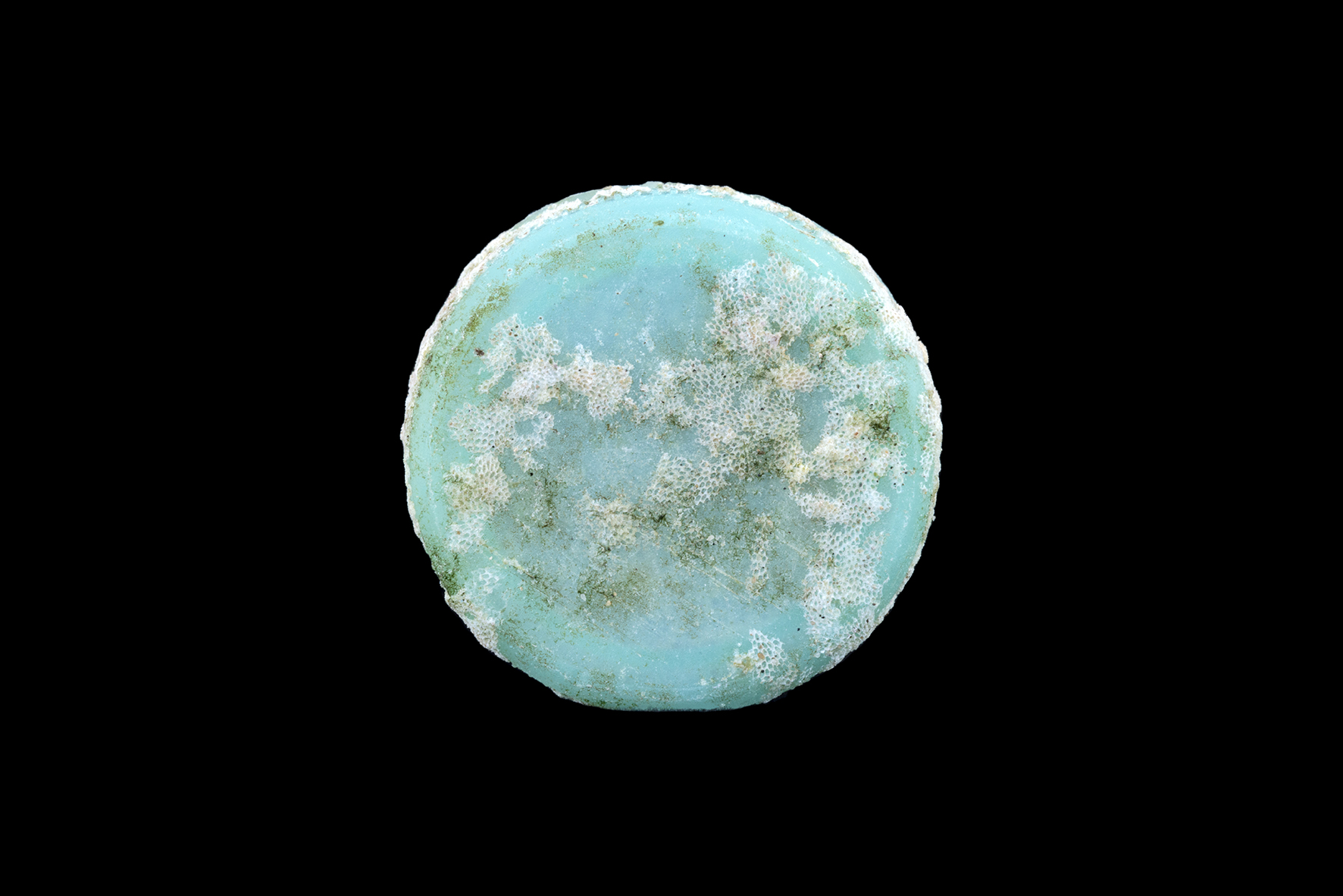And Yet It Moves
TRES
21 May – 2 July 2022
The Perth Centre for Photography is pleased to present And Yet It Moves, by TRES opening 6 pm, Friday, 20 May 2022. RSVP here.
And Yet it Moves is part of the Ubiquitous Trash series by TRES, a photography-based project and book series that explores the social life of the abandoned and peculiar objects we call trash. Beginning in 2015 with an exploration of waste found in and around Hong Kong, the project then moved to the beaches of Australia in 2016.
The fieldwork, conducted during the last months of 2016, took the form of a road trip in a small camper-van that served as transport, home, and portable laboratory for artistic research. Based on the map of marine debris accumulation, and the movement of ocean currents, we divided the trip into three stages: Queensland (from Brisbane to Port Douglas), Western Australia (from Albany to Kalbarri) and Tasmania (selected beaches). The road trip was designed to scavenge material, take on-site photography, create drawings, meet different specialists, visit waste sites and study maps, postcards, and other relevant graphic materials. We went well prepared, carrying our trash-picking tool kit (always in need of additions and re-adjustments): logbook, GPS mapping devices, our looking devices (comprised of a variety of cameras and lenses), bags, labels, plus other tools for scavenging, and Australian marine debris studies and statistics. Our journey involved 11 flights; 29 days of long-distance driving; 24 campsites; and a total of 6,383 km. We took 198,736 photographs. We collected thousands of objects from more than 75 different beaches.
Our Australian road trip was an eye-opening experience that began a new chapter in the Ubiquitous Trash series. In Hong Kong, marine debris is obvious: objects are piled up on the beach and the phenomenological imprint is intense. In Australia, on the other hand, one’s first impression is of a clean and pristine landscape. Organic remains bear a resemblance to plastic because of their shiny and bright colours; plastics are covered with organic matter and have become home to minute creatures such as Bryozoans—tiny aquatic invertebrates—and goose barnacles.
The Australian Edition has directed our attention to the hybrid quality of trash. We discovered that marine debris in Australia, which travels very long distances, arrives in quite degraded form as small or micro-particles of plastic, making it difficult to observe, identify, and record. The landscape is vast and open, the horizon surrounds and devours you. In such a context the marine debris tends to hide: under rocks and sand, in corners full of dry algae, or in the swamp. After repeated instances of bending over to collect false trash items, our eyes slowly began to see the subtle yet profound differences, and we learned to distinguish materials, forms, and types.
And Yet it Moves makes reference to the phrase Galileo Galilei used in 1633 when forced to withdraw his claim that the earth moves around the sun. In the context of the Ubiquitous Trash series, it is meant to detour the notion of garbage as static, with no agency. We claim the hybrid, multiple and pervasive quality of trash.
TRES (ilana boltvinik + rodrigo viñas, Mexico City) is an art-research collective that has focused on exploring the territorial associations between humans and non-humans through artistic practices that concentrate on the methodological intertwining and dialogue with science, anthropology, and archaeology among other situated knowledges. Of particular interest has been the inquiry on the subject of garbage as a socio-(aesth)etical residue that entails political and material implications.
One of their obsessions with garbage, object accumulations and refuse is its informational character, its capacity to store material, economic and symbolic details that can be used to elaborate individual or collective portraits of our society. Garbage becomes a metaphor of all that is cast aside, forgotten. One fundamental area of their work are the frequent walks in complex ecologies, with or without specific destination. By designing social counter-cartographies, TRES explores narratives of all we choose not to see. Through multiple collaborations they open a critical space that questions the understanding we have of urban ecologies.
TRES recently presented a project on residual waterscapes and vultures in Lima, Peru (Espacios Revelados, 2022). Their works have been presented in LAA Museum, Mexico City (2021), the XIII Havana Biennale (2019), Connecting Spaces, HK, AND festival, UK (2015), TransitioMX_05 Bio mediations, Mexico City (2013), Metropolis Biennale Denmark (2009), XXV Festival of Mexico City FMCH (2009), among others.
Individually their works have been shown in over 30 screenings and art exhibitions in Latin America, Asia and Europe. In 2016 they were awarded the Robert Gardner Fellowship in Photography of the Peabody Museum of Archaeology and Ethnology, Harvard University, with which they carried out the Ubiquitous Trash – Australian Edition. They have been recipients of the Pollock-Krasner Foundation, PAC and Fundación Jumex grants, and individually both have been part of the National System of Creators grant (Mexico).
This program has been supported by the City of Perth


